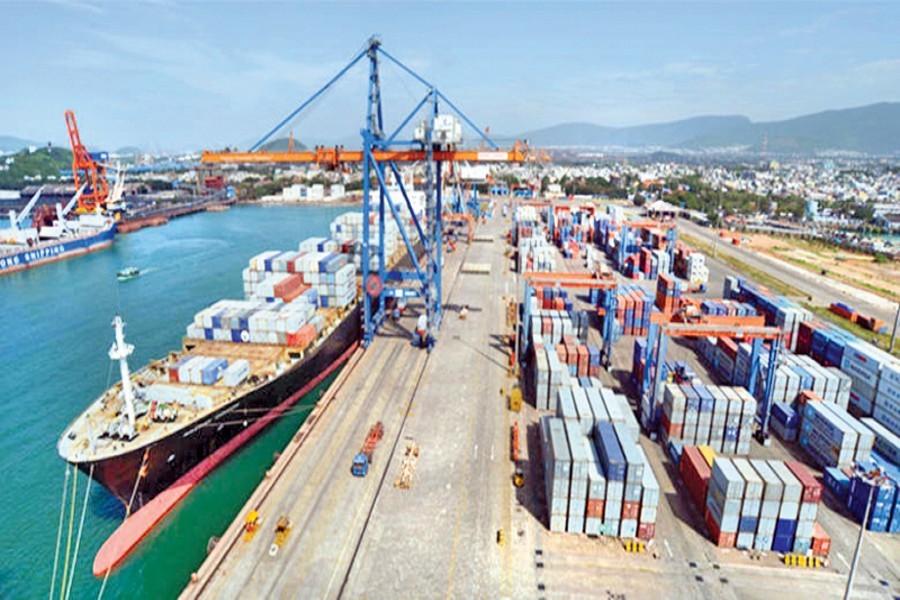The initiative can make coastal shipping more cost effective for bilateral trade, thereby shifting cargo from the costly land route, and create an opportunity for Bangladeshi garment exporters to reach European and American markets avoiding congestion at the Chittagong port, according to the hindubusinessline.com
Indian customs authorities have already cleared the deck for Bangladesh to use Haldia as a transhipment port. However, Bangladesh is yet to approve the same. The proposal was reiterated at a ministerial meeting in Dhaka earlier this week, said the report.
At the crux of the proposal is the growing need to augment handling capacities on either side, keeping in tune with growing trade volumes, it said.
India-Bangladesh trade grew 38 per cent to $9.1 billion over the last four years. On a year-on-year basis, the trade grew 24 per cent in 2017-18. This was followed by nearly 22 per cent growth in April-July 2018.
Keeping in tune with the trend, movement of bilateral cargo through coastal shipping is also rising. During the first six months of FY19, the port handled approximately 4,000 containers traded between the two nations. This is higher than 3,700 boxes handled in the full year of 2017-18. But there is a problem. As the overall trade is heavily in India's favour, the volume of return cargo from Bangladesh is abysmally low. The low capacity utilisation keeps the coastal freight rate -- between Pangaon river terminal near Dhaka and Kolkata -- at a high of $13.5 a tonne.
According to Sharad Varma, Managing Director of the Kolkata-based shipping agent, B Ghose & Co, availability of return cargo can bring down the freight rate by at least $4 a tonne, helping both the sides to access each other's market at a lower cost.
For Bangladesh there are twin opportunities. Lower trade costs will boost its garment exports to India. Categorised under HS codes 61 and 62 by the Ministry of Commerce, India's garment imports from Bangladesh under the two categories increased by 52 and 88 per cent respectively during April-July.
The key to opportunities lies in transhipment. Majority of Bangladeshi garment exporters are concentrated in and around Dhaka and their main markets are located in Europe and America. Currently, goods are transported by road to Chittagong port from where it is shipped via Colombo or Singapore.
The road movement and the 10-12 days waiting period at Chittagong due to congestion, makes this logistics costly. Moreover, international garment trade is highly time sensitive and the congestion at Chittagong adds to the export risks. Bangladesh is expanding the capacity of Chittagong port but it is bound to take time.
If Dhaka responds to India's proposal, Bangladeshi exporters can send their products from Pangaon to Haldia to be loaded on to Colombo or Singapore-bound ships, the report noted. The whole process will be completed in a maximum of three to four days.
While there is no available cost estimate, Indian officials expect shipping lines to tap the opportunity and offer competitive rates to make the proposition viable.
"We are trying to create options to facilitate trade. As per our preliminary discussions with shipping lines, transhipment operations through Haldia will be competitively priced to attract users. The gains are shared," said an Indian official.


